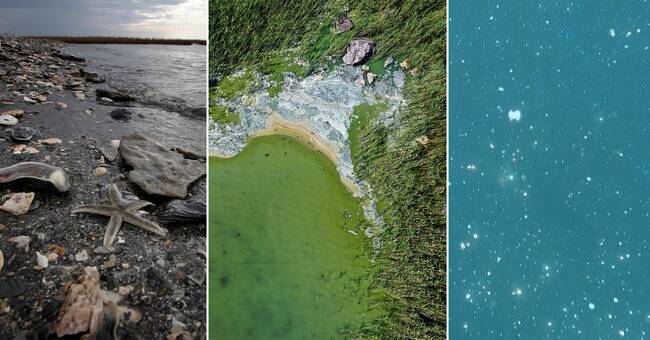Above ground, we see forests burning, drought and increasingly occurring and severe floods.
What happens underwater is not as clear, but the changes have at least as great, and perhaps even greater consequences for life on earth.
Every second breath from the diatoms
Diatoms are small unicellular organisms with a shell that is basically made of glass.
They come in the most amazing shapes and are found in all waters all over the earth.
And they are engaged in photosynthesis, forming oxygen from carbon dioxide and solar energy.
Andrew Bramburger has previously said that "everyone calls the Amazon the lung of the world, but in fact it is the diatoms that account for up to half of all oxygen in the atmosphere".
Warmer water changes the diatoms
He mainly researches the waters of the "Great Lakes", which form the border between Canada and the United States, and here he has clearly been able to see how the diatoms have changed.
With climate change, the waters have become warmer and it is not good for the diatoms.
- If you think like an algae, you want to be close to the water surface where there is sunlight, so you can photosynthesize and live.
But if the water gets warmer, you lose the ability to float.
Algae blooms and bacteria take over
And because diatoms not only pump oxygen into water and into the atmosphere, but also stand at the bottom of the food chain.
They are food for plankton.
This is how the diatoms get it difficult, it has repercussions for all animals further up the food chain.
As the diatoms drop, other algae take over.
Like the poisonous algae blooms we can sometimes see in our waters as well.
Other algae can also generate oxygen, but many of them cannot be food for plankton.
Researchers do not yet know what all this may mean in the future.
Do not miss anything about the climate! Subscribe to SVT's newsletter.

